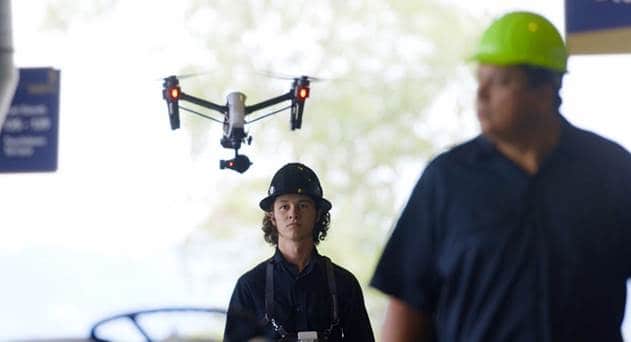AT&T and the National Aeronautics and Space Administration (NASA) are researching traffic management solutions for Unmanned Aircraft Systems (UAS).
The goal is an Unmanned Aircraft System Traffic Management (UTM) solution that supports the safe and highly secure operation of drones in the national airspace.
AT&T said it has been working with NASA and other companies to make UAS flight path monitoring, flight planning, navigation, surveillance and tracking safer. AT&T brings expertise in networking, Internet of Things (IoT), cloud, identity management and cybersecurity to the effort.
A key element AT&T and NASA are researching is the potential impact of cybersecurity threats. The vast availability of drones – and their many current and potential uses — could increase their risk of cyberattacks. AT&T advocates cybersecurity protections designed into the system from the outset.
AT&T said it will continue to participate in NASA demonstrations, workshops and studies related to airspace operations concepts and technologies.
AT&T has also implemented a national drone program. The company uses drones to inspect cell towers and measure network performance at venues and locations across the country.
Mike Leff, Vice President, Civilian, AT&T Global Public Sector Solutions
Drones are already used in agriculture, public safety, construction, utilities, real estate and TV. This research can help support the commercial and private use of drones nationwide.




















